Heart of Dryness: Climate Change Coping Strategies
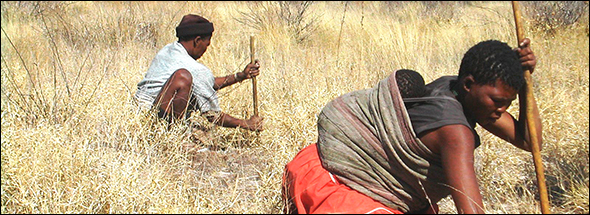
By James G. Workman
Special to Circle of Blue
Copyright 2009 Walker & Company, Excerpt from Heart of Dryness
Circle of Blue’s “Water + Climate: Words” highlights literary investigations of water and climate intersections. As politicians debate the line-by-line contents of a global climate change treaty, the human and environmental drama is playing out around the world, from the deserts of Africa to the shores of Greenland. In Heart of Dryness journalist and author James Workman shares the lives of Botswana’s Bushmen, an indigenous hunter-gatherer population that has been forced to relocate by the national government since the 1990s. As he follows this population’s struggle for land, he comes face-first with the multi-layered reality of a world increasingly struggling for water while battling the effects of a warming planet.
“The main thing was to have a story that would illustrate to the lay person so that they understand these water issues,” Workman tells Circle of Blue. “If your bring these issues down to the people who laugh, dance and have babies like you, you care about them and see the parallels and connections between their life in the Kalahari and yours – you see their humanity.
“When we hear the statistic that 2.2 billion people live without sanitation, it’s shocking, but at the same time it’s meaningless.”
For two years Workman lived and traveled with the Bushmen as they battled the national government in court over access to the Central Kalahari Game Reserve (CKGR). At the end of 2006, the Bushmen won the right to return to the CKGR while Workman was blacklisted from the country for his stories.
Now he shares these intimate stories with Circle of Blue, weaving each installment into the themes of our Water+Climate series. The first excerpt examines their struggle for food in the face of political and environmental obstacles.
Chapter 8. Forage or Farm?
Since the dawn of Homo sapiens in arid Africa, nine tenths of our evolution has unfolded as foragers. Only relatively recently did our species embark on agriculture, and recent events suggest certain limits to that extraordinary experiment. Exponential population growth has combined with unprecedented climate change until half the planet’s land surface can now be classified as drylands—arid landscapes inhabited by a third of humankind.
[i] After decades of growth, nations as diverse as India, Mexico, China, Egypt, Yemen, Israel, Australia and Botswana lack sufficient water to grow enough food to feed themselves.[ii] To make up the difference, hungry billions depend on foreign aid or trade, but now even that pressure valve has begun to close. By the dawn of the increasingly warm 21st Century, subsistence and irrigation farmers, long dependent on reliable rains or cheap water supplies, began asking what to do with their desiccated lands, or where to turn for food.[iii]
Qoroxloo’s tactics suggested one way of adapting to a fast-changing climate.
On mornings cool enough to walk yet warm enough so lions would rest in the shade, she strode out into the Kalahari armed only with her digging stick, her leather bag and her female friends. Part of her goal was of course to gather nutritious wild groceries, yet each search involved a far more complex undertaking than that.[iv]
Qoroxloo observed emerging details for immediate use or to be filed for later. She noted an item, discussed it with others as they walked, and mentioned it again after returning home at the end of the day: a ripening fruit here; day old giraffe tracks there; ostrich moving into the pans. Pivoting her head while striding at a rapid yet graceful and unhurried pace, Qoroxloo scanned the horizon, the sky above, and back down again, forever seeking latent signs that suggested the presence of moisture.
Carnivorous hunters had to think like the herbivores that drank the arteries of plants; Qoroxloo had to think like the plants that sucked water from the moist capillaries in infinite sands. In this all-consuming search for moisture even bugs took on significance. Mopane worms, locusts and other slow-moving grubs offered succulent, juicy food, while lying insects served as beacons to damp places. Water vapor sent a subtle signal into the air that insects sniffed out and hunted down: a congregation of gnats suggested local humidity; butterflies alighted on damp earth; bees flew in a direct line toward any source of standing water, and she followed their cue.
Yet Kalahari adaptation brought an inherent tension. Drought-resistant plants sought to capture and retain water without avoiding advertising themselves as moist targets for consumption by more complex species. By hiding and hoarding their wet bulk deep underground, plants revealed no more than a thin stalk and waited for just the right moment to convert energy and moisture. Many animals overlooked that stalk, but not Qoroxloo. She especially tried to detect, stop, and investigate closely with others the plants that Bushmen knew as rain-swelled “storage organs,” their substitute for water during the ten months when Kalahari pans were dry.[v] As she educated the next generation about how and why “some plants were for eating and other plants you can drink,” her lessons boil down to seven habits of highly successful foragers.
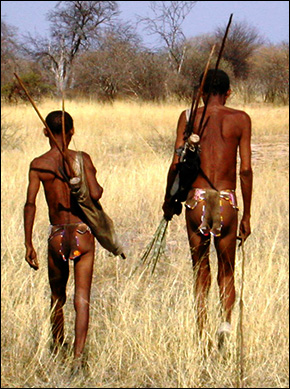
First, harvest every raindrop embedded in the flesh of plants. From this indifferent dry landscape Qoroxloo harvested as much as 90 percent of the band’s moisture, contributing two thirds to three quarters of the band’s food, the bulk of its caloric intake, and pound for pound more nutrients and oils than men could hunt.[vi] It was quite a crop for such few precious drops.
Next, devolve authority. Knowledge of where, how, and when to harvest required democratic collaboration because, during the hottest months of the year Qoroxloo faced a precarious battle to gather more moisture and nutrients from what she dug than she burned off in the process of digging. Timing was everything. In this way Bushmen minimized waste, avoiding the harvest of too much, too soon or too late. Qoroxloo did not plunder the Kalahari to depletion, but tactically cultivated a wild, permaculture garden to which she might return.
Third, diversify the diet. By utilizing the widest spectrum of what was palatable—some 70-150 species of roots, rhizomes, tubers, melons, berries and fruit; plus 40 animal species—Bushmen broadened the foundation of their vegetable food security. True, some items on Qoroxloo’s shopping list of were admittedly tasteless but still highly nutritious, or laden with moisture.
Fourth, eat locally and seasonally. Distance opened more opportunities, but consumed precious energy burned up in transport. Central stockpiling attracted pests and raised the odds of rotting food. Throughout the dry months Qoroxloo and her band moved from one patch of water-embedded plants to another, ate eleven pounds a day to get the liquid they required.[vii] Bushmen satisfied their daily minimum water requirement by seeking the shortest distance from the earth to the hand to the mouth.
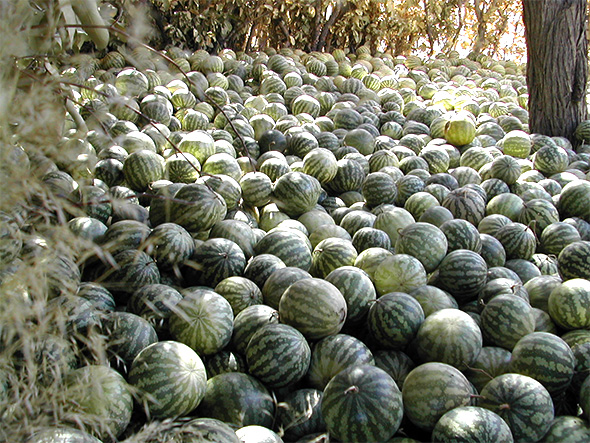
Fifth, embrace the least disruptive technologies. It’s hard to imagine a more functional, timeless and durable tool than Qoroxloo’s digging stick. [viii] Digging punished haste and sudden exertion but rewarded the pacing of energy in the blazing heat, tracing a vine down to the damper parts of the sand like an archaeologist gently brushing away sand in a search for answers. The second Bushmen technology was fire. Their small-scale burns created a rich mosaic that encouraged new growth, attracted prey, and reduced water lost through old dense vegetation.
Sixth, innovate as the habitat allows. Bushmen were not locked in the past, wedded to tradition. When they noticed how tsama melon seeds took root after sudden rains, some in Qoroxloo’s band experimented with these and other emergency fallback sources of food. Doing so further blurred the textbook line between farming and foraging, but anthropologists recently discovered that shifts from hunter-gatherer to pastoralist and farmer were never one-way, irreversible stages of teleological progress towards a more complex and perfect existence. Rather, Homo sapiens had always shifted back and forth across a variety of survival strategies, mixing and matching techniques of food provision—foraging, farming, herding, hunting or all of the above—in flexible ways to suit the dictatorial conditions of the landscape.[ix] Throughout our evolution, the determining forces of our human diet rested on rainfall and access to water.[x]
Finally, subordinate flavor to survival. In the quest to gather moisture along with food, gemsbok cucumber held 70 percent water, on average more than a pint, and while bitter they could be chewed up, moisture extracted, and the fiber spat out. Best of all the Tsama melons began to swell during the rainy season and reached their peak during the dry winter months. Their round shape minimized exposure through efficient surface area, and the average one-pound melon consisted of 90 percent water; 18 melons yielded 12 quarts. Qoroxloo’s band dutifully roasted and ‘ate’ the less tasty nutritious dry fare, but ‘drank’ juicier, more flavorful food with relish.[xi]
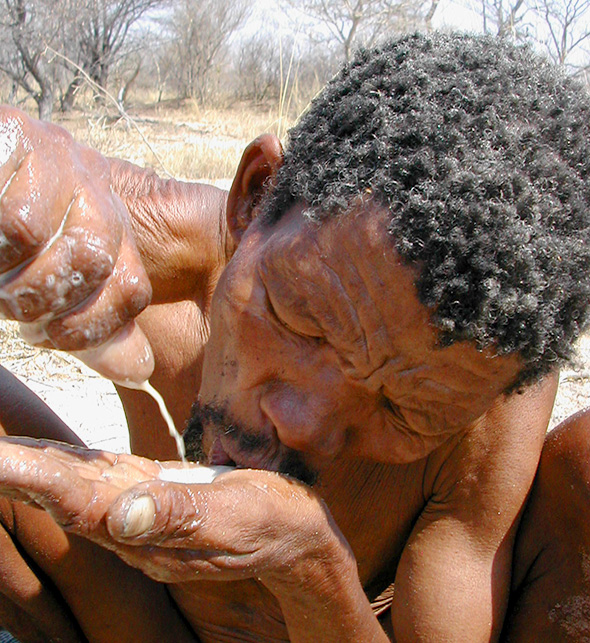
As I was an outsider to the heartless Kalahari, others had warned me to fill my canteens: “You can endure weeks without food, but only days without water.” But that advice revealed a false dichotomy. For Qoroxloo, food was water. Water was food.
Food and water use diverged roughly 13,000 years earlier, with the onset of farming. Some attribute the birth of agriculture to wetter times, others to the millennium-long dry, cold ‘snap’ known as the Younger Dryas.[xii] Either way, the human approach to food as a prime source of water progressively split in two.
If foragers quickly ate local plants that stored water, agriculture stored water to slowly grow dry grains that could be eaten after months and bartered long distance. As long as there was enough water, the latter approach offered considerable benefits. Following this split, the world shifted from rain-fed subsistence crops to exploit arid lands extracting more and more high-value food reserves—especially monoculture or single-crop grains—for storage, processing, trade and shipment to cities. Egyptian pharaohs instructed slaves and feudal lords ordered serfs to plant grain in advance of the rains; industrial tools accelerated this trend; fascist and socialist and capitalist leaders alike urged dryland farming, issuing propaganda about how to “make the desert bloom” since “the rain follows the plough.” When such predictions proved false, engineers stepped in to correct them with dams, dikes, and irrigation diversions across every river until today more than 70 percent of all fresh water use on earth gets converted into food production.[xiii]
The mobilization of water transformed food and diets as well, often for the better. Yet only a negligible fraction of our food retains its natural moisture. And now we’re not only expected to feed another 3 billion mouths in the next few decades, but twice that many mouths will hunger for the richer diets enabled by increasing affluence.[xiv] Wealthier humans may require less than a quart of water to survive, but we routinely “drink” three to five thousand gallons embedded in the creation and processing of our meat, produce and grain – an amount analysts have christened virtual water.[xv]
The term is apt. Thanks to evapotranspiration, all that water lost en route to the table is never again tasted or seen. Economic affluence further distorts this water/food dichotomy: The luxury of a soft drink containing sixteen ounces of water requires hundreds of gallons to grow the sugar, “high fructose corn syrup,” or “evaporated cane juice” contained within. Consider how much virtual water it takes to grow just one healthy American breakfast. A bowl of Rice Crispies with milk: 350 gallons. Dry grounds for a cup of coffee (sans real water): 37 gallons. Eggs and toast and a side of bacon: 470 gallons. Now multiply that by billions of people, 365 mornings a year, and you get an idea of the scale of the planet’s growing stress from the water footprint of irrigated agriculture.[xvi]
Even chronically dry nation-states such as Botswana could not resist plunging into this arid land irrigation revolution. In the name of “nation-building,” “job-creation” and “food independence,” Botswana’s National Water Master Plan aimed to provide a fifth of the country’s grain consumption within two decades. That meant in addition to subsidized tractors, fuel, fertilizer, herbicides and pesticides, President Mogae’s government handed out prodigious quantities of its fresh water. It pumped some eighteen billion gallons from Kalahari aquifers or the anemic Limpopo River, and then sprinkled all this precious finite water out onto its increasingly hot sandscapes. It planned to quintuple its irrigation area crops such as corn, alfalfa, vegetables on 4,000 acres.[xvii]
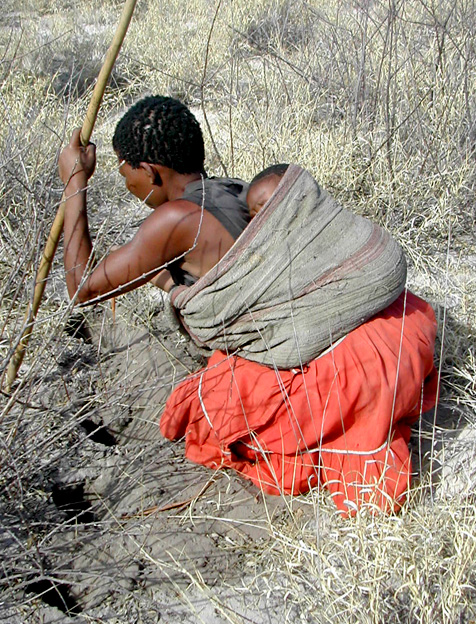
In fairness, Botswana was not alone. Saudi Arabia burned its oil to desalinate seas so that it could irrigate wheat, Egypt bled the Nile into the Sahara to grow grain pricier than it could import, and America poured out water on burning Western deserts to grow food as a weapon or a fuel substitute. The irrigation addiction was easy to justify. Given productivity gains from, say, India’s Green Revolution, intensive dryland agriculture brought food security and warded off famine for billions. No one could really complain, until everyone did, all at once, as water grew scarce around the world.[xviii]
In America, the Ogallala Aquifer began to bottom out across America’s breadbasket Midwest even as Colorado River reservoirs stored half what they could a century ago. Entire irrigated regions of China, India and Australia withered as the Yellow, Indus and Murray-Darling Rivers, respectively, stopped flowing to the sea. Lake Chad and the Aral Sea dried up into shallow ponds and climate change altered the rainfall, runoff and evaporation patterns for a third of the world’s population.[xix]
To make matters worse, in recent years up to a third of global water withdrawals are being converted to irrigate new sources of fuel.[xx] Since it takes 9,000 gallons of water to produce a gallon of biodiesel, and 4,000 gallons to produce a gallon of corn ethanol, a “clean fuel” drive to the supermarket could burn up the water that would otherwise have grown a week’s worth of calories. “There was a remarkable lack of careful planning in the drive to convert food into fuel,” wrote Nestlé’s Chairman. “Either it never occurred to biofuel advocates to ask about the amount of water needed for biofuel production, or they simply chose to ignore this particular inconvenient truth.”[xxi]
The resulting food price inflation brought widespread misery on scales that defied statistics. As a rule of thumb, middle classes cut back on meat, lower classes surrendered vegetables, and impoverished billions stopped feeding themselves and turned to food aid.
Some political leaders, knowing that in the decade ahead the world will grow hotter and add a billion more hungry inhabitants, have begun to question long-standing assumptions about dryland irrigation. Meanwhile, agricultural experts trace the origins of the global food problem to its figurative and literal roots, weeding out extraneous factors to grasp one essential priority that even Thomas Malthus couldn’t appreciate. In order to feed itself at its current pace, even without a third of all irrigation diverted to biofuels, the world will deplete 2.9 billion cubic miles of fresh water by 2050.[xxii] Food production isn’t dramatically limited by land, innovation, price, know-how, support, fertilizer or technology. It is cut by the loss of water.[xxiii]
Upon reaching this consensus, global experts offered advice that sounded rather familiar: squeeze more productivity from each raindrop; devolve water authority to informed local decision makers; diversify crops beyond risky monoculture; reduce distances between production and consumption; scale back water-intensive methods; adapt crops to local rainfall; and exploit ‘green water’ embedded in the ground.[xxiv]
This broad-consensus, multi-stage, seven-part prescription for the world looked solid on paper, but was proving hard to swallow outside the Kalahari. Vital organs of the body politic felt threatened, and resisted or rejected it. Even supporters conceded that this water-based or hydro-centric approach to food production in a changing climate required a daily discipline. It demanded more intuitive art than technical skill. It called for the experience and training of some so-called “primitive” or “Stone Age creature,” whose families had been quietly adhering to this new paradigm for millennia. Someone like Qoroxloo.
Sources:
[i] “The Nature of Drylands: Diverse Ecosystems, Diverse Solutions,” International Union for the Conservation of Nature, 2008.
[ii] Ataman Aksoy, Francis Ng, “Who are the Net Food Importing Countries?” World Bank Policy Research Working Paper no. 4457, January 1, 2008.
[iii] Donald G. McNeil, Jr., “Malthus Redux: Is Doomsday Upon Us, Again?” New York Times, June 15, 2008.
[iv] Researchers dispute that gathering is a monotonous routine, countering that it involves the trained ability to distinguish among hundreds of edible, inedible, medicinal and toxic species of plants at various stages of growth, demanding constant recalibration; this evolutionary trait which still displays itself in modern studies of the Western brain.
[v] Silberbauer, Hunter and Habitat, p 49
[vi] Ibid.
[vii] Bannister, John The Bushmen, 1979.
[viii] Thomas, The Old Way, p. 10-14 provides an eloquent meditation on the versatility and probable evolution of the digging stick.
[ix] “Anthropology: Marching Backwards; Not all hunter-gatherers are remnants of the Stone Age,” The Economist, April 16th, 2005.
[x] “What is the Role of Climate Change? The Ten Most Frequently Asked Questions about the Rise in Food Prices,” United Nations Food and Agriculture Organization, July 2008, www.fao.org/worldwoofsituation/wfs-faq.
[xi] Silberbauer, Hunter and Habitat, p. 274.
[xii] “Hunter Gatherers: Noble or Savage?” Economist, 22 December 2007 p. 131.
[xiii] UNDP, Beyond Scarcity; Gleick, et al, The World’s Water, 2002-2003; “Water: Doubling Financing to Double the Results.” Asian Development Bank Review, December 2006-January 2007.
[xiv] David Molden, Charlotte de Fraiture, Frank Rijsberman, “Water Scarcity: The Food Factor” Issues in Science and Technology, Summer 2007.
[xv] Tony Allan, “Water Resources in semi-arid regions: Real deficits and economically invisible and politically silent solutions,” Hydropolitics in the Developing World, ed Turton and Henwood, 2002.
[xvi] Fred Pearce, When the Rivers Run Dry, 2006, p. 4.
[xvii] Ministry of Agriculture, “National Master Plan for the Arable Agriculture and Dairy Development,” Government of Botswana, 2002; T.F. Stephens, Botswana National Irrigation policy and strategy – Irrigation situation analysis, FAO Report, November 2003; Anne Moorhead, “Country Profile: Botswana,” New Agriculturist, November 1, 2005.
[xviii] David Molden, ed., Water for Food; Water for Life: A Comprehensive Assessment of Water Management in Agriculture, 2007.
[xix] Jeffrey D. Sachs, “Act Now, Eat Later,” Time, May 5, 2008.
[xx] Molden et al, “Water Scarcity: The Food Factor,” Issues; “Biofuels: The Promise and the Risks” Briefing paper for World Economic Forum, January 2008.
[xxi] Peter Brabek-Letmathe, “The Water Crisis: Another Inconvenient Truth,” International Herald Tribune, October 6, 2008.
[xxii] Ibid.
[xxiii] “Water for farming: Running dry; the world has a water shortage, not a food shortage.” The Economist, September 18, 2008.
[xxiv] Molden et al, “Water Scarcity: The Food Factor,” shows five options for getting gmore food; these are echoed and expanded in some detail in the recommendations of SIWI, IUCN, IWMI, IFPRI. Let It Reign: The New Water Paradigm for Global Food Security, 2004; and in Molden, Water for Food.

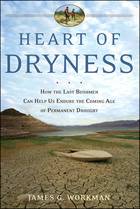


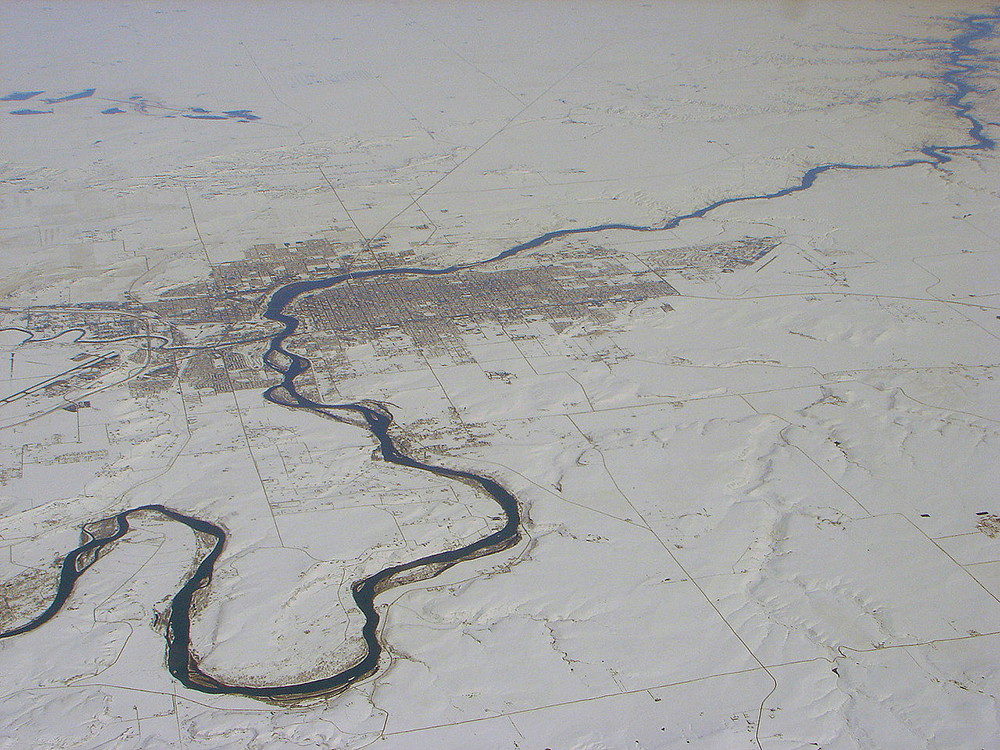

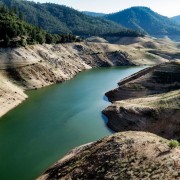
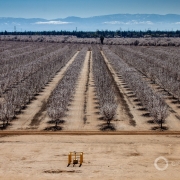

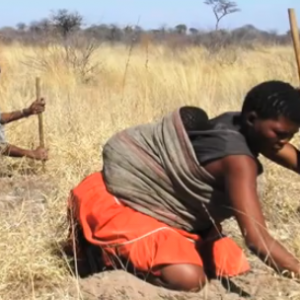
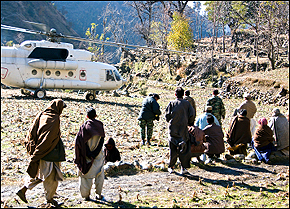
Leave a Reply
Want to join the discussion?Feel free to contribute!